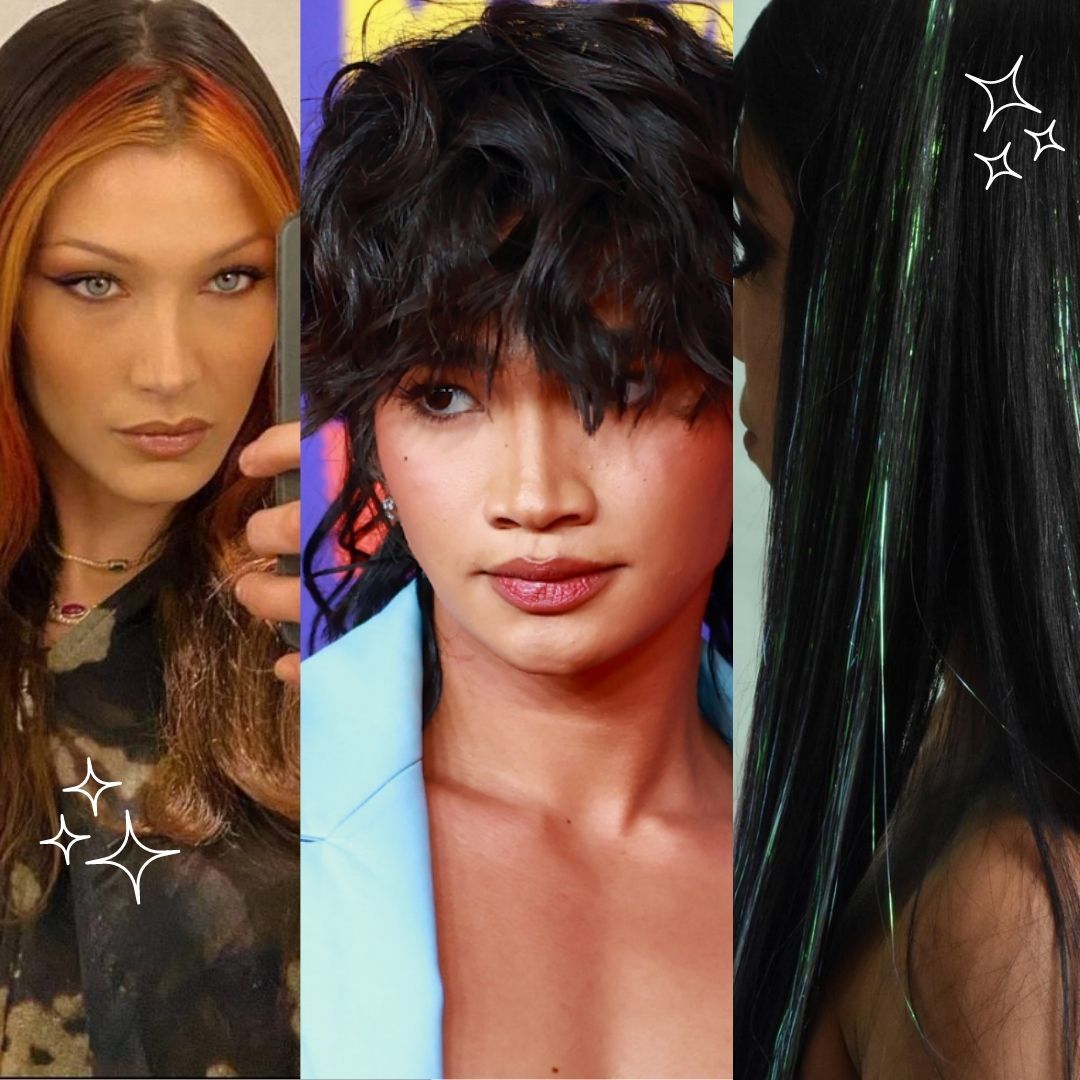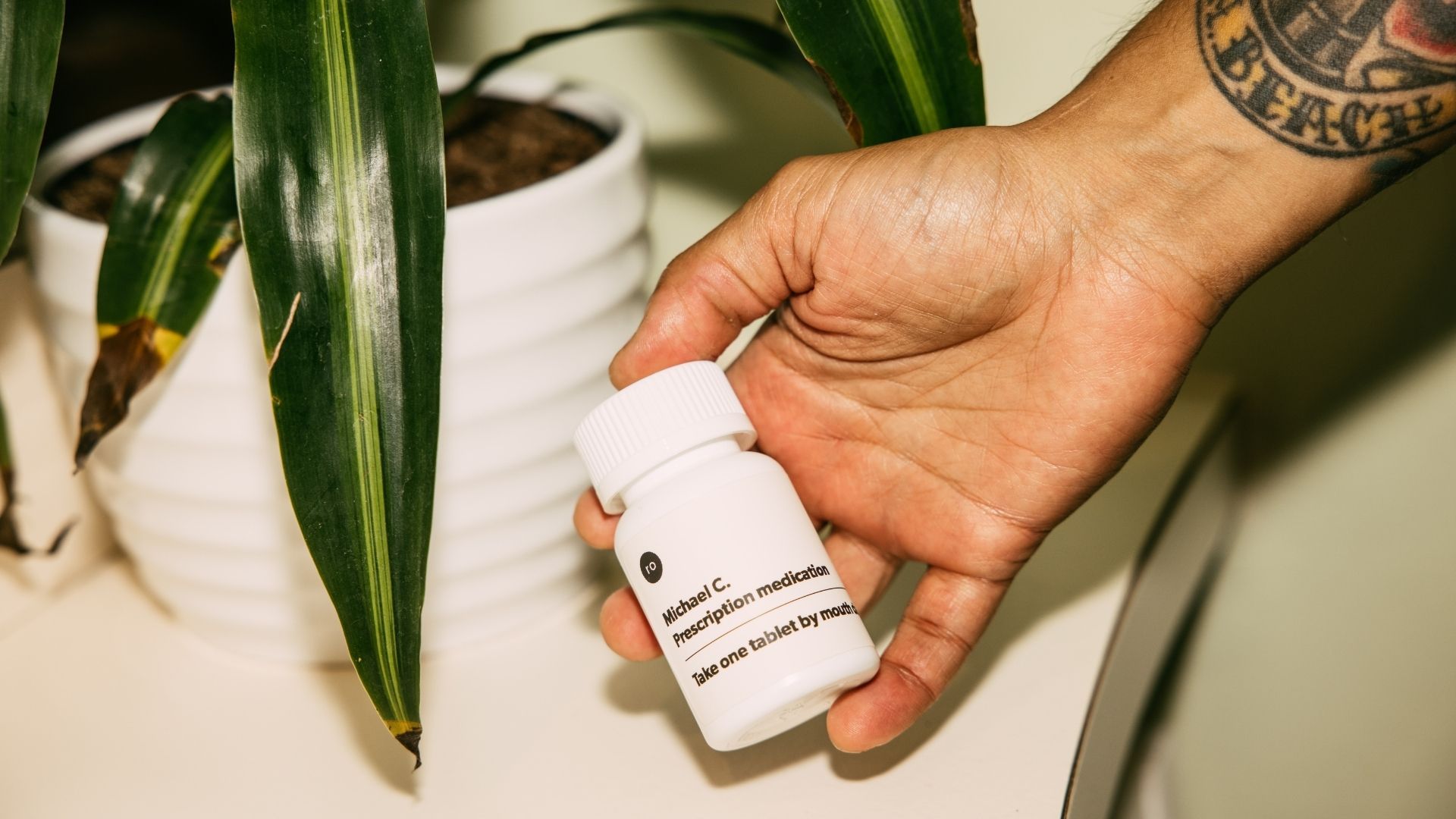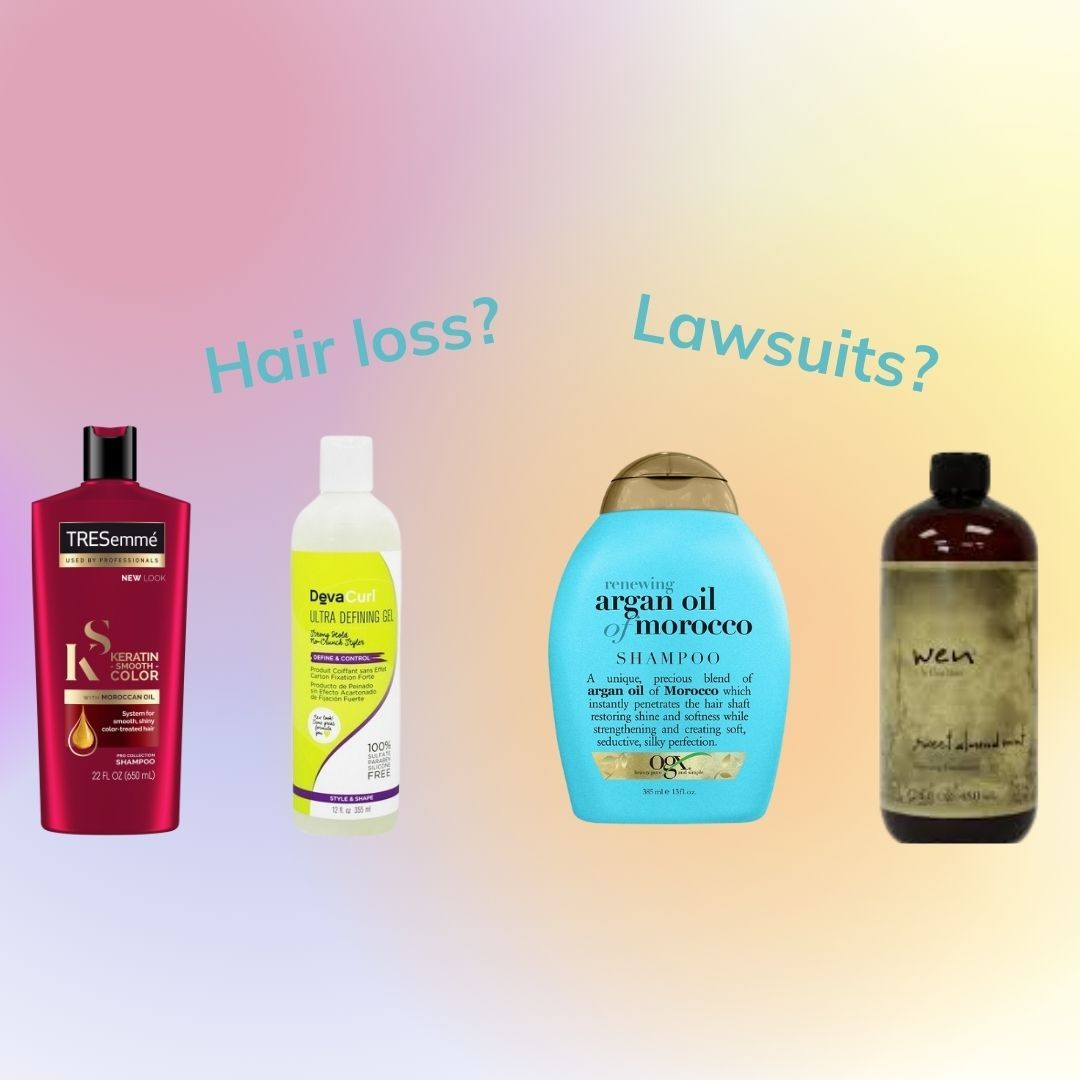If someone would’ve told me last year that I could bleach my curly Asian hair four times and then dye it back to dark in less than six months without my hair falling out, I wouldn’t have believed them.
When I was 18, I tried to balayage my own virgin hair at home, and then do neon tips (?!) after, bleaching it twice along the way. My hair fell out for a year straight after.
SEE ALSO: 4 Cheap products that saved my over-processed hair (that aren’t Olaplex)
That being said, in hindsight, I wasn’t practicing good aftercare with my shoddy bleach jobs – sulfates and heat and wet brushing and all.
It was so fun for the first week, but my lush teenage dream turned into a matted adult nightmare that I had to cut off less than a month later. I resolved to never let that happen again, and it took me eight years to summon the courage to color my hair again.
Eventually, with the help of my local Asian beauty salon, I got my dark curly hair to settle into a bright red. oVertone and Olaplex were instrumental in maintenance and repair, but the real game-changer was K18 hair’s leave-in molecular repair hair mask ($75).
If you color your hair and use Instagram, you’ve probably seen a targeted ad for K18. The ads for K18 feel almost outlandish when you see them, claiming that with one use on colored hair, you’ll have virgin hair once again. The banner on the website even reads “every hair dream realized.”
The brand
K18 is a pandemic era hair care startup founded by Suveen Sahib, who partnered with European bioengineering scientist Professor Artur Cavaco Paul to map and analyze hair’s DNA until they found the K18Peptide™– an amino acid that was just the right size and makeup to travel into hair’s deepest level to repair strands to a near-natural state. And thus K18 Hair was born.
K18 backs up the hype with their own science– they hold four U.S patents in keratin protein engineering. By repairing the structural integrity of hair, not just temporarily repairing bonds and coating ends, K18 promises to revitalize your hair.
How does K18 work?
Jordan Alexander, K18’s Director of Global Sales & Education, breaks it down for us: “If you were to look at hair under a microscope, the easiest visual comparison would be to interwoven or interconnected ladders. Anything we do to our hair, such as chemical services, thermal styling, or even environmental damage will break both the center rungs and the sides of the ladder down resulting in damaged, fragile hair.”
Other hair repair products only address singular parts of the complexities of damaged hair. Chemical coating treatments – oils, silicones, and fill formers – fix the “sides” of the ladder and essentially just make damaged hair look better to the naked eye, while bond builders like Olaplex address the damage in the inner “rungs” of the hair, but not the totality of the hair, as K18 promises.
The review
I can say that I was really hesitant to believe the copy, but after multiple uses, I saw a big difference in my hair each time I used it. First, my hair stopped tangling, then my texture came back, and now it’s like a big soft pillow again, despite the damage (or lack thereof, now).
I didn’t feel my hair during or after I applied the treatment – I just tied my hair up in a bun and left the mask in. You don’t have to rinse it out.
Each full-size bottle of K18 holds at least 5-6 treatments for medium-length (below shoulder) length hair. It comes in a pump bottle and it comes out frothy – it *feels* like a salon treatment at home because it is a salon treatment at home. Safe to say, it changed the game for me the same way Olaplex changed the game for me when it dropped.
I dyed my hair back closer to my natural color this month, and I can’t even notice the difference between my old healthy virgin hair, and my fully bleached head of hair (with dark dye on top).
I can say honestly that I feel comfortable going back to bleach blonde again now that K18 exists, knowing I’ll never have to chop it all off again!
READ MORE LIKE THIS











